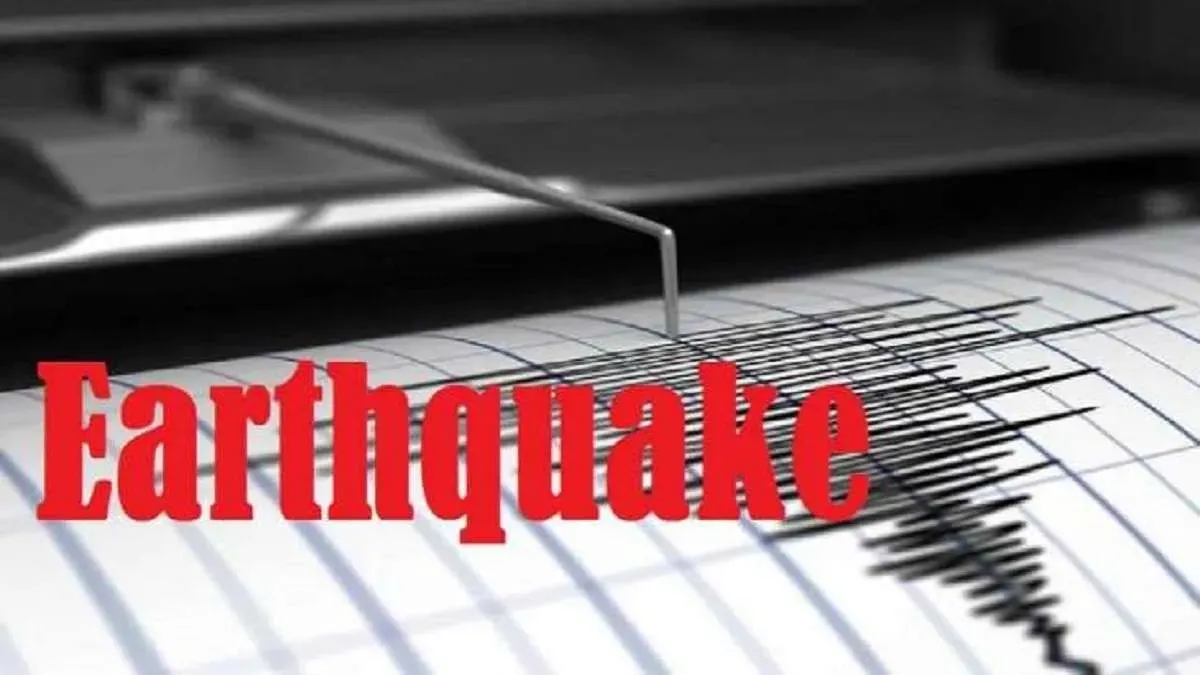Earthquake in New Zealand: A massive earthquake of magnitude 6.8 on the Richter scale struck off the coast of Riverton in New Zealand on Tuesday, according to the United States Geological Survey.
Initially, the quake was recorded at 7 magnitude which struck at a depth of 10 kilometres (6.2 miles) off the southwest tip of the South Island, the USGS said. Despite the intensity of the tremor, authorities have not issued any tsunami warnings for the region. Meanwhile, officials continue to monitor the situation for any potential aftershocks or further developments.
This comes days after an earthquake of magnitude 4.9 on the Richter scale struck Afghanistan on March 21. The earthquake had occurred at a depth of 160 km, according to the National Center for Seismology (NCS).
Why do earthquakes occur?
Earthquakes are natural phenomena that occur due to stress and movements within the Earth's internal structure. In India, tectonic activities in the Himalayan region are the primary cause of earthquakes. The collision between the Indian and Eurasian tectonic plates generates stress, making regions like Uttarakhand, Himachal Pradesh, Jammu & Kashmir, and Northeast India highly earthquake-prone.
The movement, collision, uplift, and subsidence of tectonic plates create continuous stress between them, leading to the buildup of energy. When minor earthquakes occur, they help release this energy gradually. However, if stress accumulates over time without release, the pressure intensifies which increases the risk of a major earthquake. In some cases, the sudden release of accumulated energy can result in devastating tremors, causing widespread destruction.
How to measure earthquake's intensity on Richter Scale?
The Richter scale helps determine the intensity of an earthquake based on seismic activity. Here's what different magnitudes feel like:
- 0 to 1.9: Detectable only by seismographs.
- 2 to 2.9: Barely noticeable vibrations.
- 3 to 3.9: Feels like a heavy vehicle passing nearby.
- 4 to 4.9: Small objects in homes may fall from their place.
- 5 to 5.9: Heavy furniture and appliances may start shaking.
- 6 to 6.9: Cracks may appear in building foundations.
- 7 to 7.9: Buildings may collapse due to strong tremors.
- 8 to 8.9: Tsunami risk and widespread devastation.
- 9 or above: Extreme destruction, with ground movement clearly felt.
ALSO READ: Earthquake of magnitude 4.9 hits Afghanistan, tremors felt across region

